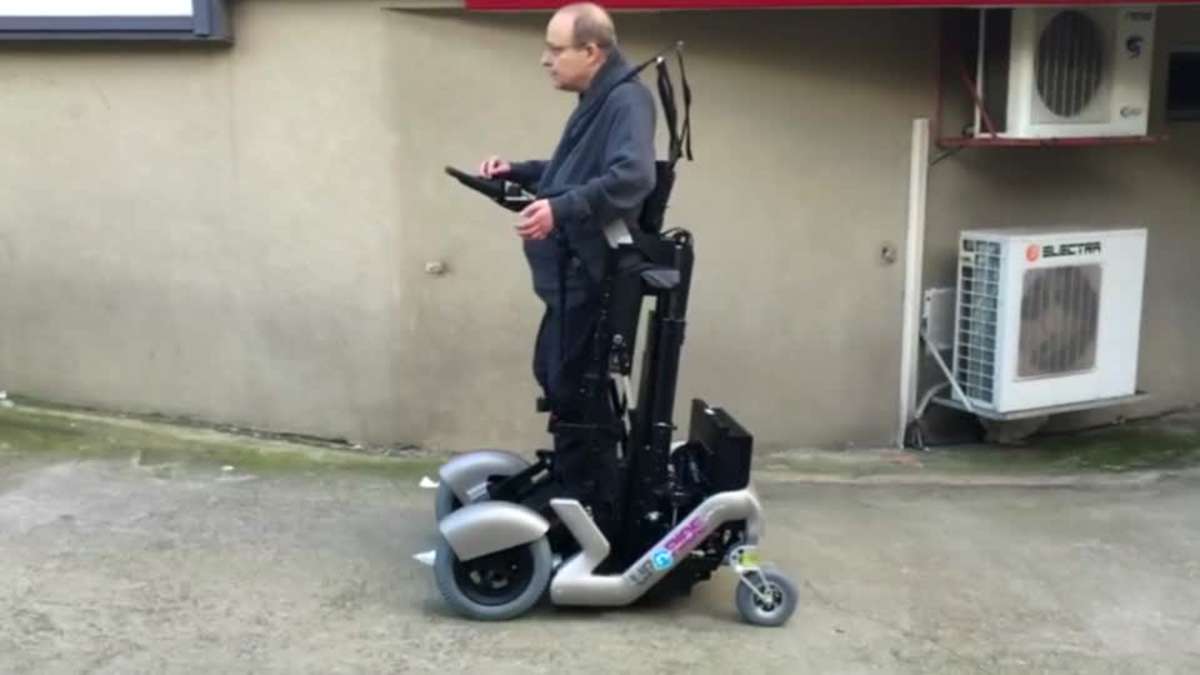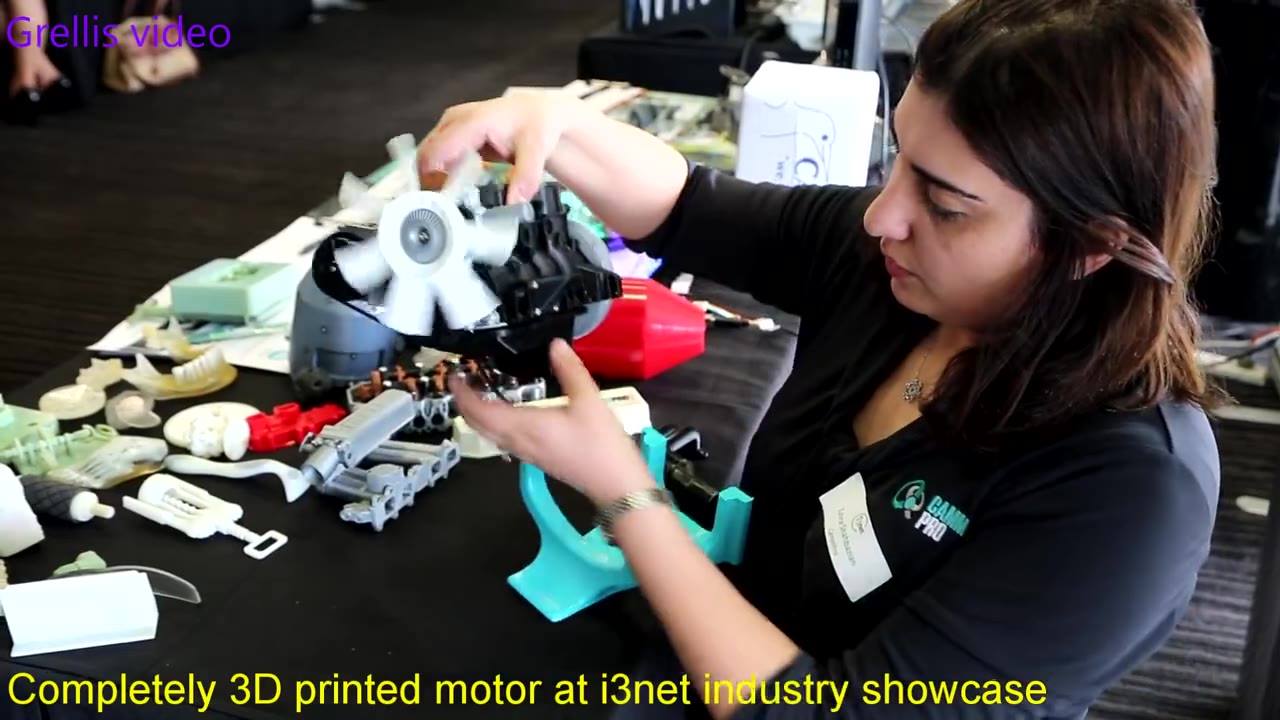Mechanically stacked two-dimensional Van-der-Waals heterostructures have been engineered to devise Terahertz frequency nano-detectors by using a flake of black phosphorus (BP) trapped between two layers of hexagonal boron nitride (hBN).
An international collaboration between researchers from Italy, USA, France and Poland brought together the benefits of heterostructure architecture and the potential of 2D layered nanomaterials to build THz photon sensors that operate over the 0.3−0.65 THz range, at low temperatures, with excellent signal to noise ratio values. They accomplished this by reassembling the thin isolated atomic planes of hexagonal borum nitride (hBN) with a few layer phosphorene (black phosphorus (BP)) in mechanically stacked hBN/BP/hBN heterostructures.
Artificial semiconductor heterostructures have an important role in modern electronic and photonic technologies, due to their effectiveness for manipulation and control of carriers from the visible to the THz range. Even though they are incredibly versatile, they usually require challenging production procedures due to the need of clean and abrupt interfaces. These characteristics are a major challenge for having high-efficiency devices at room temperature like source, detectors or modulators, especially in the far-infrared. With the emergence of two-dimensional (2D) layered materials, like graphene and phosphorene, as reliable, flexible and versatile alternatives for detectors operating at THz with low signal to noise ratio, this challenge was finally overcome.

















